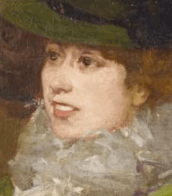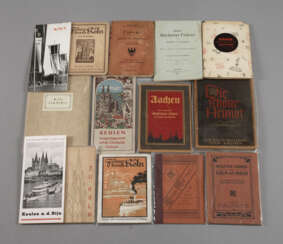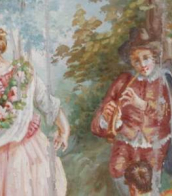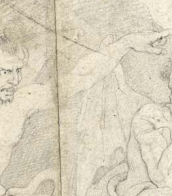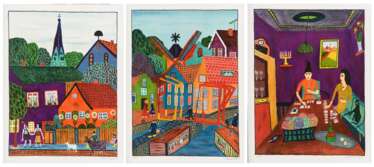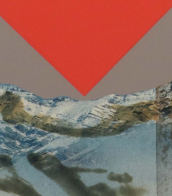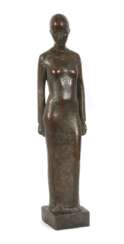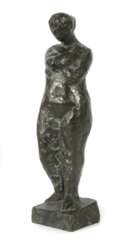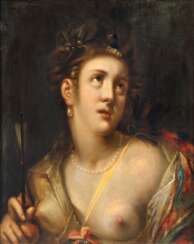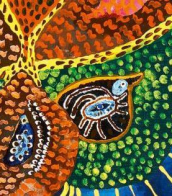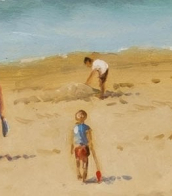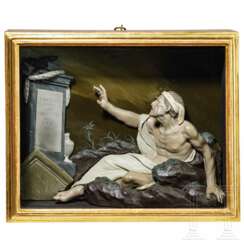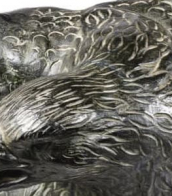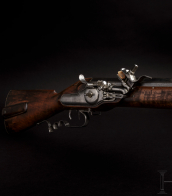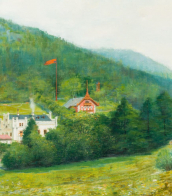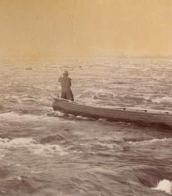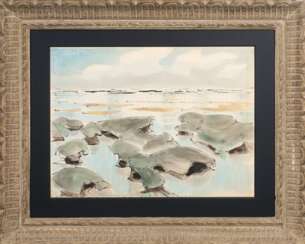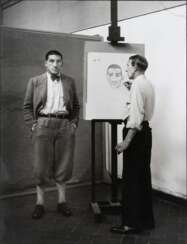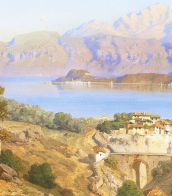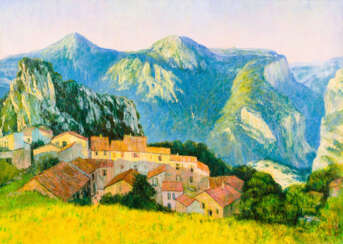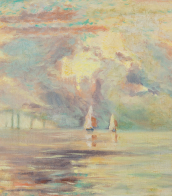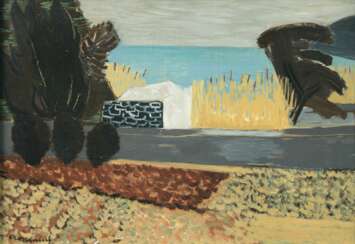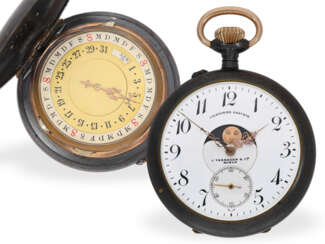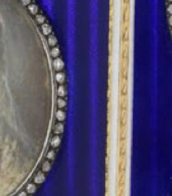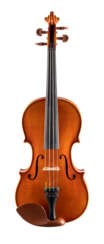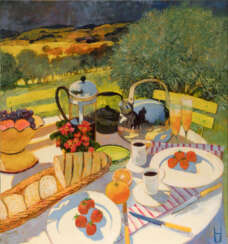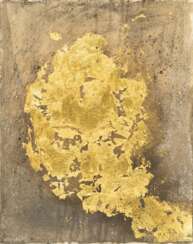köln
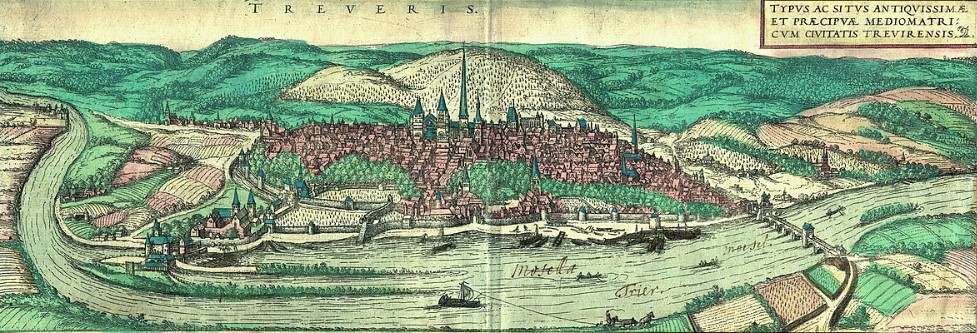
Frans Hogenberg was a Flemish and German painter, engraver, and mapmaker. He is known for portraits and topographical views as well as historical allegories. He also produced scenes of contemporary historical events. Hogenberg was the author of graphic works, engravings of city views and maps of the first four volumes of the six-volume atlas Theatrum Orbis Terrarum (Description and drawings of the most famous cities in the world), published in 1570 by the Flemish geographer Abraham Ortelius. Hogenberg's engravings are an invaluable source of information about urban development in medieval Europe.
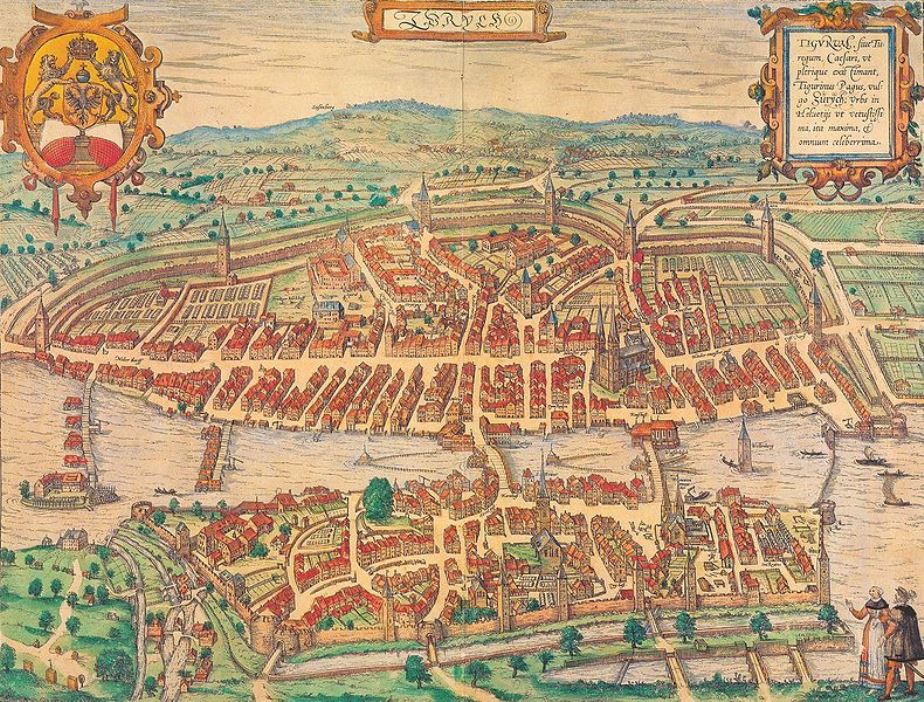
Georg Braun was a German topographical geographer, cartographer and publisher.
Braun was the editor-in-chief of the Civitates orbis terrarum, a groundbreaking atlas of cities, one of the major cartographic achievements of the 16th century. It was the first comprehensive and detailed atlas, with plans of the world's famous cities and bird's-eye views, and became one of the best-selling works of the time.
The book was prepared by Georg Braun in collaboration with the Flemish engraver and cartographer Frans Hoogenberg. Braun, as editor-in-chief, acquired tables, hired artists, and wrote the texts. They drew on existing maps as well as maps based on drawings by the Antwerp artist Joris Hofnagel and his son Jacob. Other authors include Pieter Bruegel the Elder (c. 1525-1569), Jacob van Deventer (c. 1505-1575), and more than a hundred other artists and engravers.
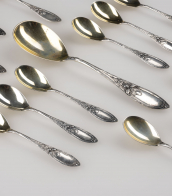

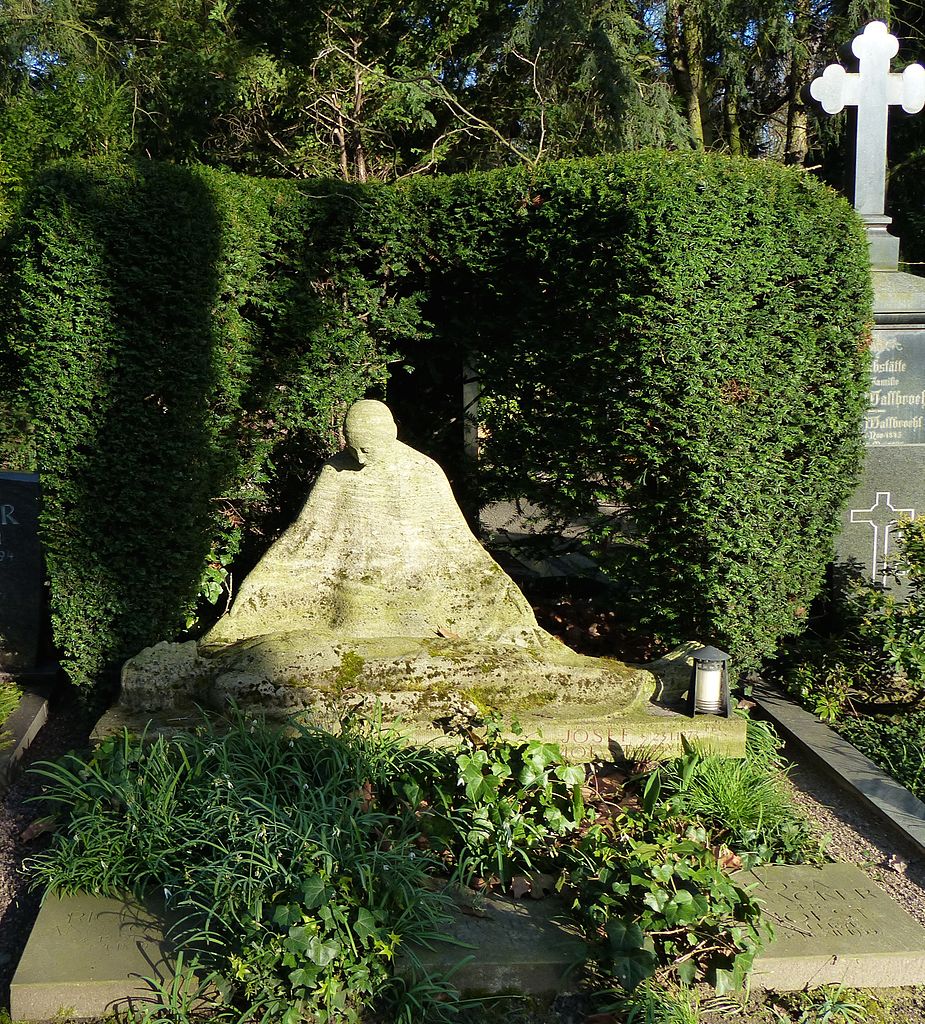
Josef Moest was a German sculptor.
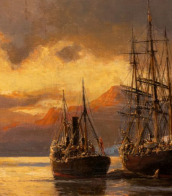
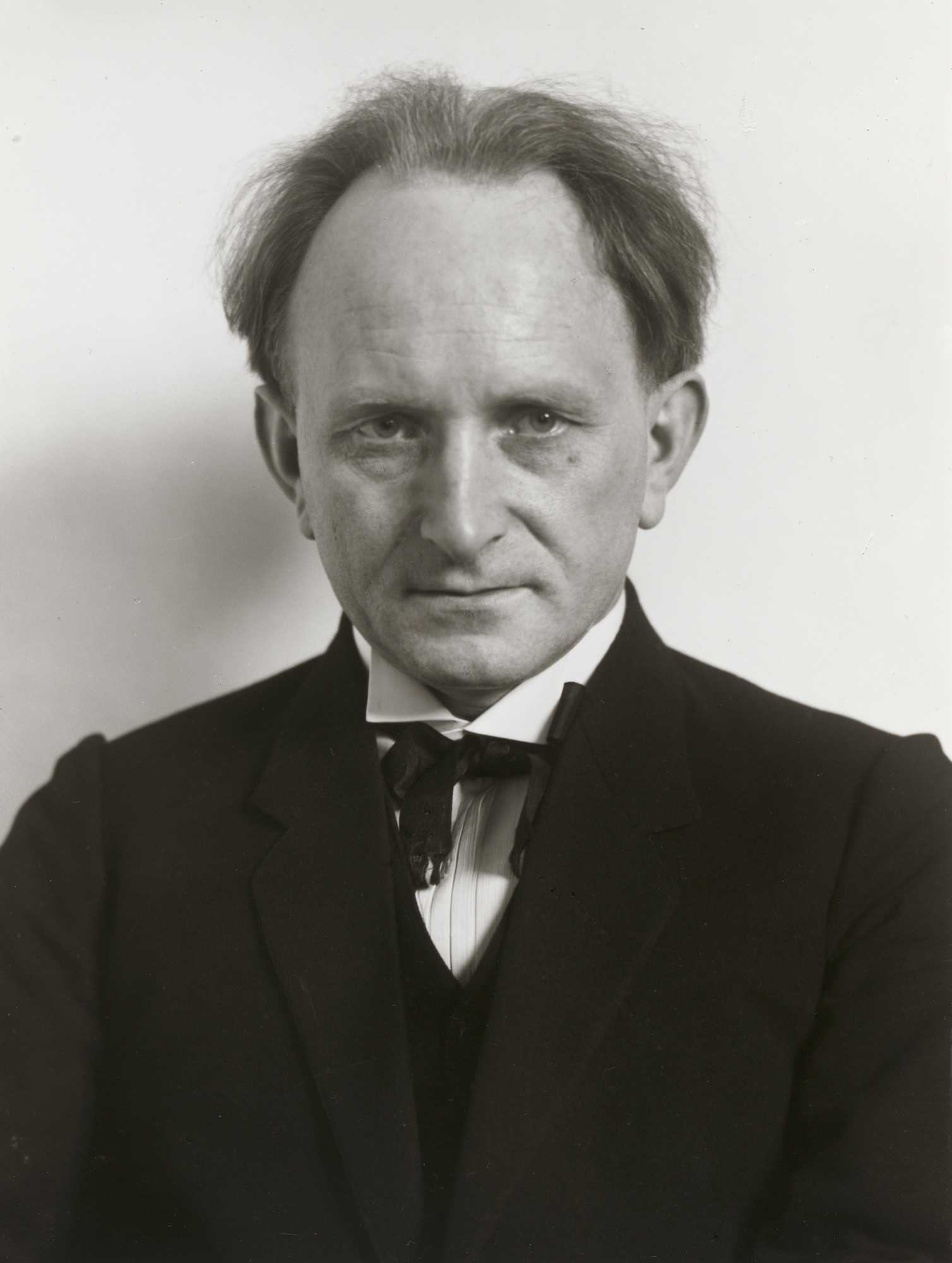
August Sander was a German portrait and documentary photographer. Sander's first book Face of our Time (German: Antlitz der Zeit) was published in 1929. Sander has been described as "the most important German portrait photographer of the early twentieth century".

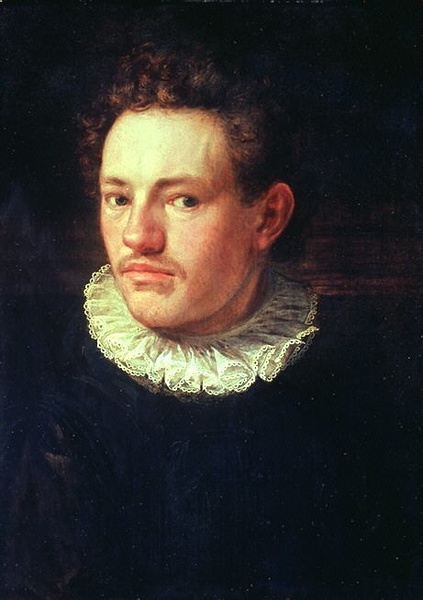
Hans von Aachen was a German painter, renowned for his role as a leading representative of Northern Mannerism. His journey into the art world took him from Rome, where he studied antique sculptures and the works of Italian masters, to Florence and then Venice, securing commissions that would define his early career. Notably, his work caught the attention of the Medici family, leading to significant commissions.
By 1592, von Aachen had become the official painter for Emperor Rudolf II in Prague. This position didn't require him to stay at court, allowing him to work from his residence. His relationship with Rudolf II was pivotal, marking a period where his art flourished under the emperor's patronage, celebrated for mythological paintings and complex allegories. The emperor's appreciation for painting and the arts transformed Prague into a significant art center, fostering a style full of elegance and sensuality known as Mannerism.
Hans von Aachen's style, influenced by Italian Mannerism and northern realism, showcased his versatility through portraits, historical, religious subjects, and allegories. His significant works include the "Allegory of Peace, Art and Abundance," depicting personifications of Peace, Science and the Liberal Arts, and Abundance, celebrated for illustrating the flourishing of these ideals under Rudolf II's reign. This piece, among others, found its home in prestigious collections like the Hermitage Museum in Saint Petersburg.
His contribution to the art world was acknowledged by the European courts, merchants, and the nobility. Even after Rudolf II's death, Hans von Aachen continued his work for Matthias, focusing on imperial portraits until his death in Prague in 1615. His legacy, momentarily overshadowed by the nationalistic perspectives of the 19th century, has been reevaluated, recognizing him as a key figure in European cultural exchange and Mannerism.
For art collectors and experts interested in Mannerism and Hans von Aachen's work, his journey from an admired artist at European courts to a celebrated figure in art history underscores the lasting impact of his work. His ability to navigate the cultural and artistic demands of his time, leaving behind a body of work that continues to be studied and appreciated, makes him a fascinating subject of study.
For updates on new product sales and auction events related to Hans von Aachen, sign up here. This subscription is your gateway to exploring the remarkable works of this distinguished Mannerist painter, ensuring you never miss an opportunity to own a piece of history.

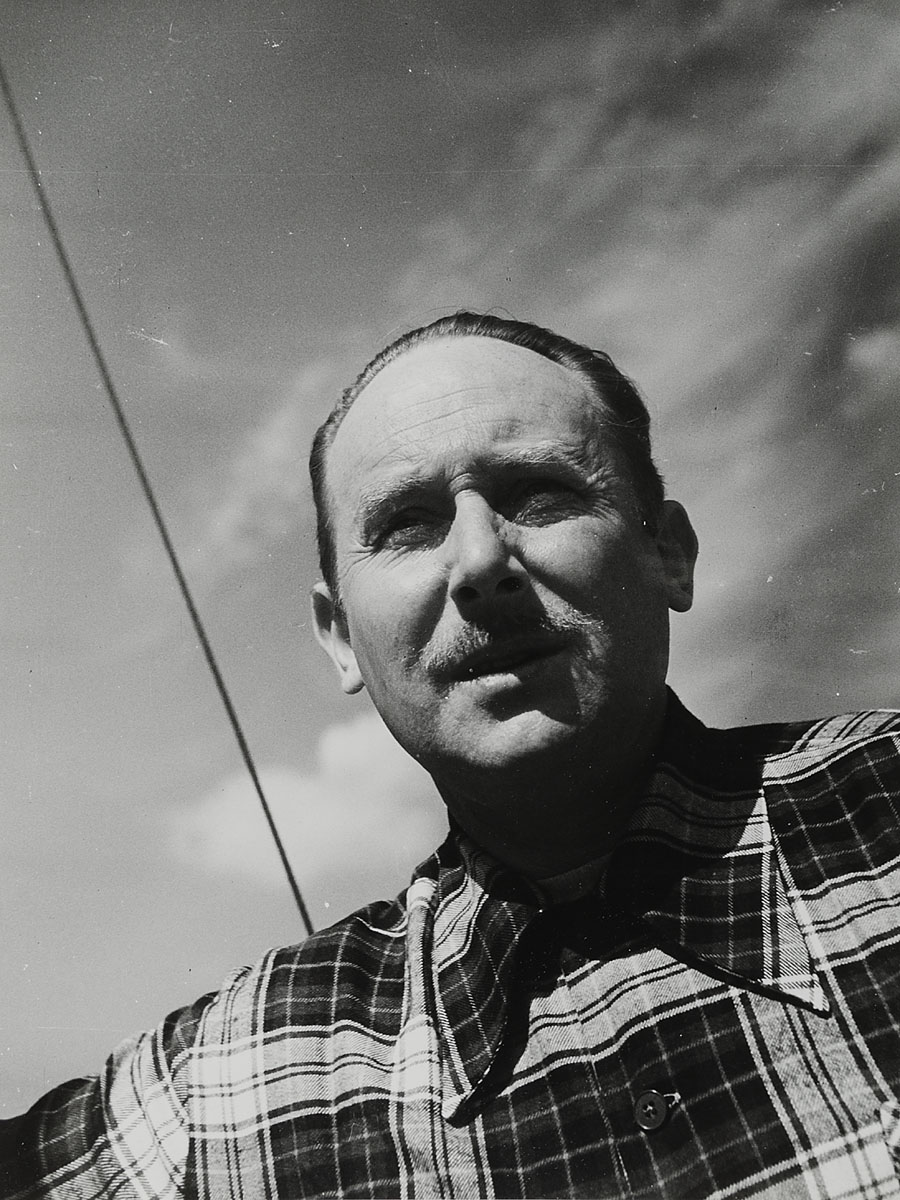
Fritz Kronenberg was a German painter of the Hamburg Secession.
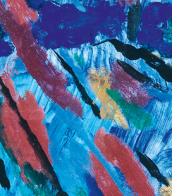

Fritz Kronenberg was a German painter of the Hamburg Secession.

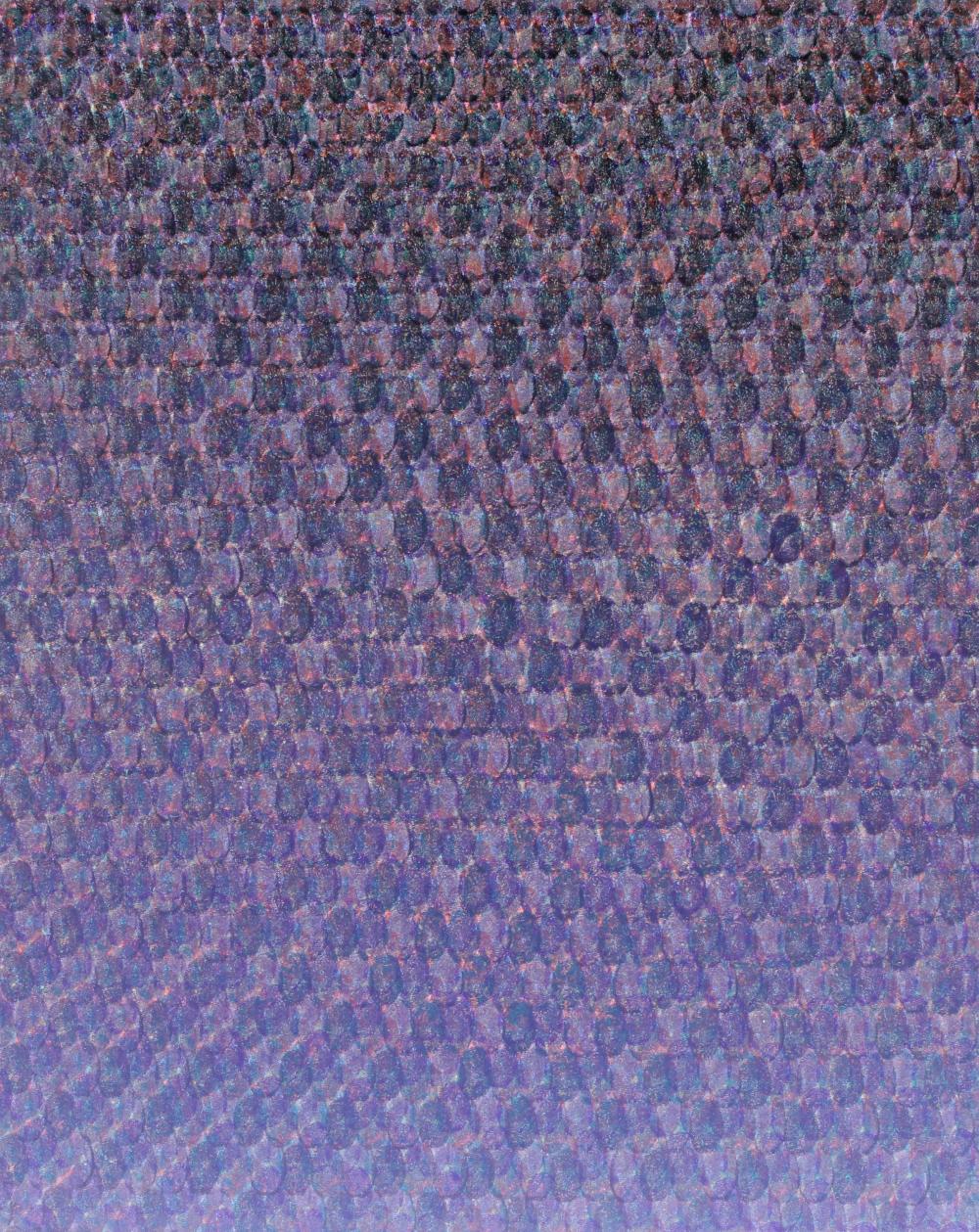
Peter Reichenberger is a German artist. In 2006, all of the artist's possessions were donated to his foundation.
Peter Reichenberger studied free painting at the Cologne School of Painting from 1967 to 1973.
Since 1986 he has worked as a free artist. He created his first paintings with a two-colour overlay of fingerprints. His work is a combination of colour, form, rigid structures and patterns.

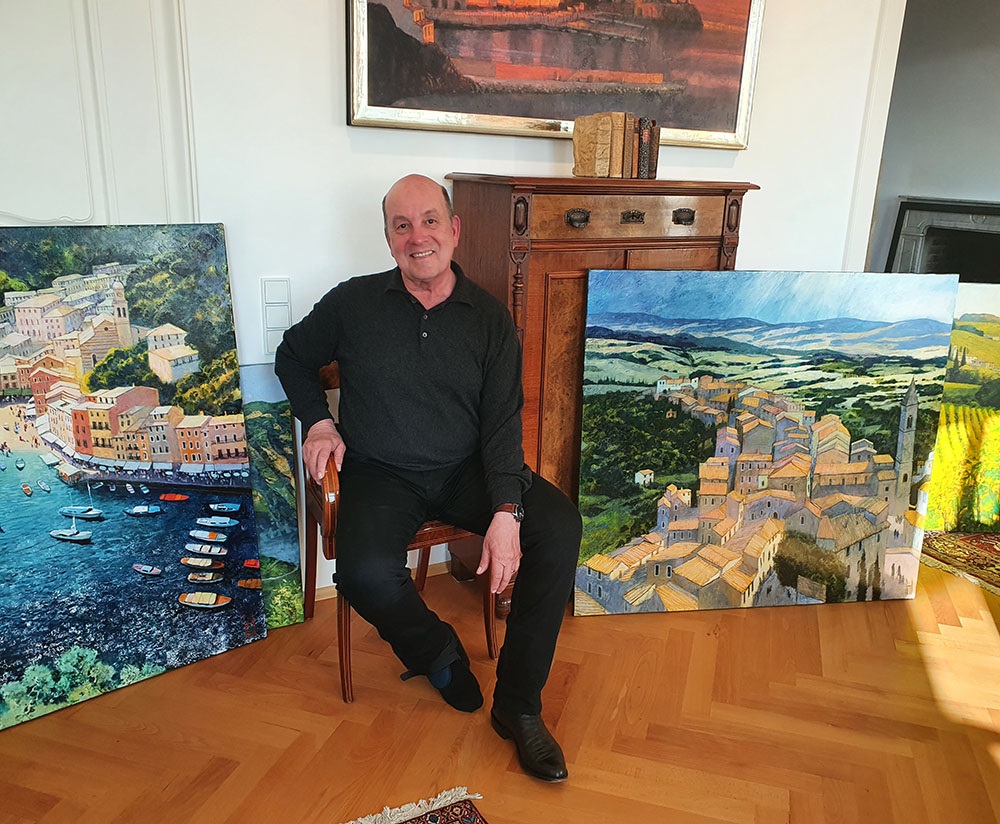
Uwe Herbst is a contemporary German landscape painter.


Sigmar Polke was a German painter and photographer.
Polke experimented with a wide range of styles, subject matters and materials. In the 1970s, he concentrated on photography, returning to paint in the 1980s, when he produced abstract works created by chance through chemical reactions between paint and other products. In the last 20 years of his life, he produced paintings focused on historical events and perceptions of them.



